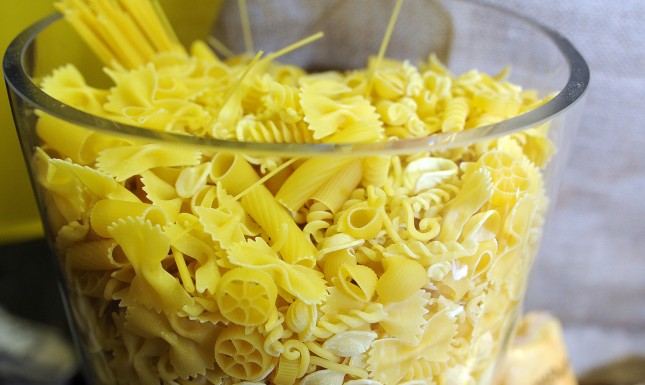Franchising, retail, business

09/04/2015
Within a changed dietary Italian context, exports represent the main pasta-commerce platform
It is a certainty that pasta stands the main symbol of Italian cuisine and culture worldwide. Nonetheless, in spite of its great popularity, pasta has experienced a period of crisis in recent years right in its homeland, but the opposite is happening on foreign markets, as confirmed by a recent study on Italian pasta-market conducted by Orienta Partners, an Italian agency specialized in commercial and international expansion, business model review, generational shift management, corporate restructuring, financial renegotiation and transactions.
Exports are a solid pillar of pasta industry since Italians are the greatest pasta-exporters with 1.9 million tonnes in 2013, which corresponds to the 26 per cent of the global market (Other important producers are the United States (15 per cent), Brazil (8) and Russia (7). Even if at the moment Europe represents the main recipient (75 per cent of Italian exports fly to Europe), Mr Riccardo Felicetti – president of Aidepi Pastai – declared that “Asia, South America and Eastern Europe could be fruitful markets for pasta”. There are real and remarkable business opportunities, confirmed by the positive trend in Brazil where 16.500 tonnes pasta were sold, corresponding to 18 million Euros.
The average growth of pasta consumption abroad is now stable at a promising +5 per cent, with astonishing peaks registered in Colombia (+62 per cent), South Korea (+9 per cent), and Israel (+10 per cent).
Another good news concerns the latest SACE – the Italian insurance-financing group active in the field of export-credit – initiative about the available funding for Italian pasta factories oriented towards international markets. The principal aim is to help Italian small and medium companies in their activity abroad, where in fact about the half of pasta total production is dispatched.
Finally, Orienta Partners’ report also shows that in 2014 pasta sales in Italy had a 2.5 % decrease compared to 2013. Several explanations can be brought up, but the most significant concern a radical change in many Italians’ daily diet. Globalization and immigration fostered the introduction of new dishes – such as sushi and kebabs – which can be considered as part of Italian bigger food scenario.
Fonte:http://www.thisisitaly-panorama.com/business-news/why-foreigners-love-italian-pasta/